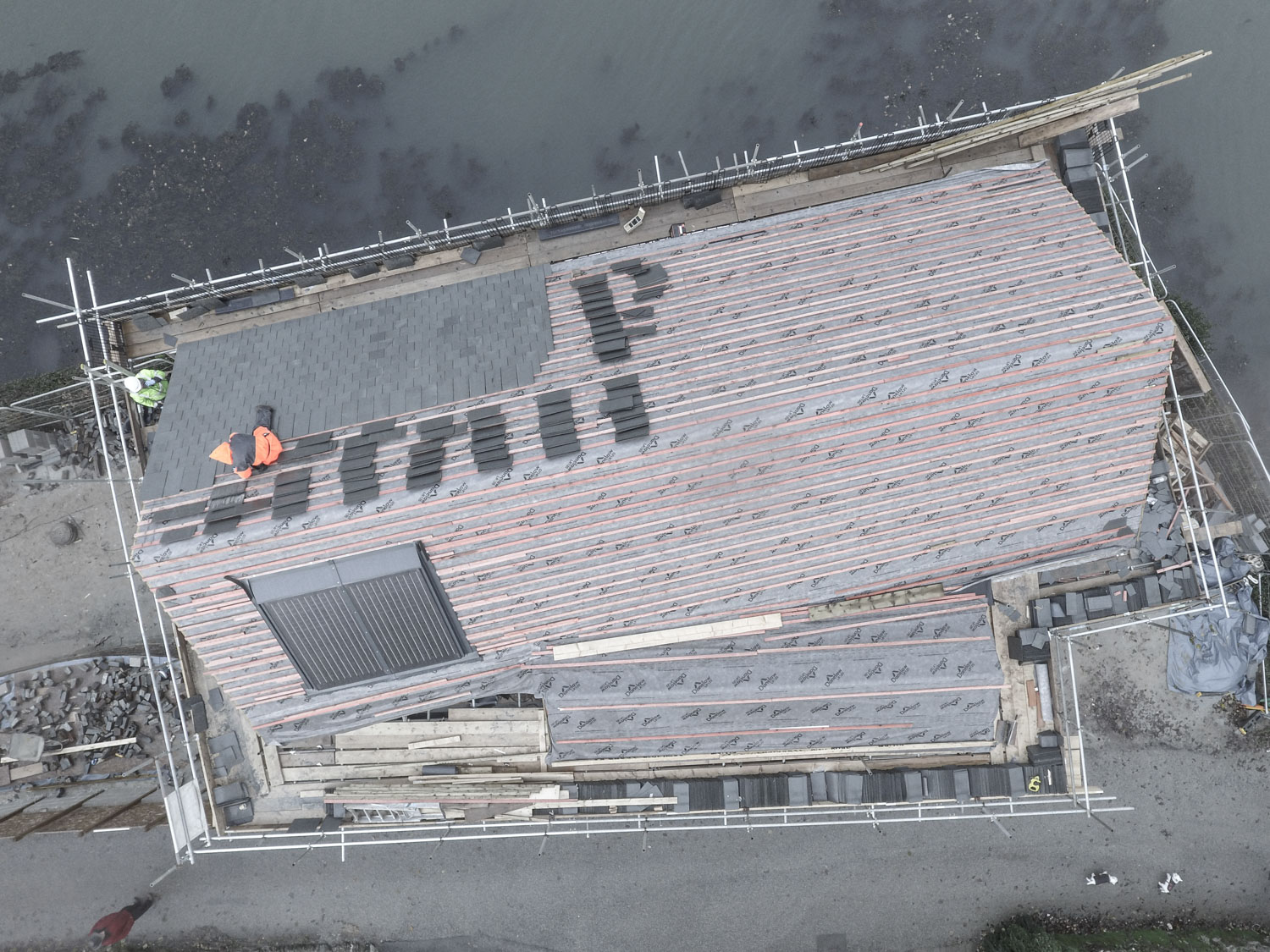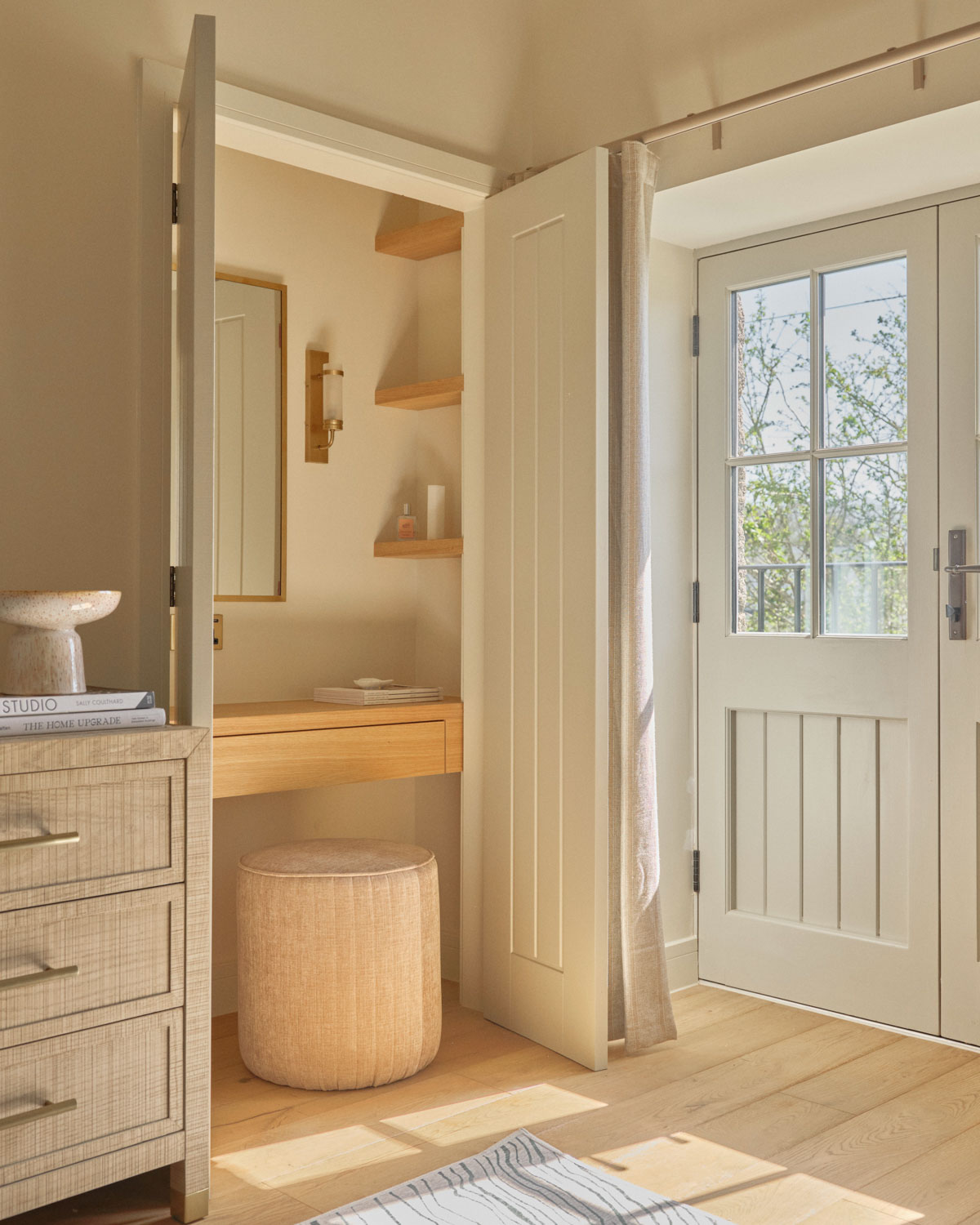So you’re going to build (or refurbish or extend) your perfect home…wonderful – but where do you start?
Share:
What do you actually want?
This is the key question. You need to think about what shape you want the house to be, in the broadest of broad brush strokes.
- How many bedrooms and bathrooms will you want – for you and maybe guests?
- How much space will you want in the communal areas?
- What does the house need to accommodate in terms of the hobbies and activities you and your family enjoy? (Music room, mud room, storage for surfboards and outdoor kit, …)
- What things are important to you? (a top-notch kitchen, a huge entertaining space, peace and tranquillity, …)
- What kind of style floats your boat?
This is clearly a set of questions that you can’t just answer in the span of five minutes, nor can you answer it on your own. Everyone who has a stake in the house will want to throw their thoughts into this conversation, and you’ll need to come to an agreement before you approach someone to design it for you.
We’re going to assume at this point that you either have a site in mind, or are refurbing/extending a property you currently own – there’s a whole other set of questions around acquiring a site to build on, which we’ll deal with in a different Knowledge Hub post.
Who is going to help you get there?
The next step is to explore different architectural firms, and companies such as us, which offer a Design and BuildThe all-in-one service we provide including everything from architectural services through to the construction stage and completion of your new home. There’s no need to approach anyone else as it’s all handled for you. service. Find one that feels right, that has some properties showcased on their website that you like the look of. Each client is different, and no house will be exactly how you want yours to be, but look for the feel, or ethos, or the attention to detail that you see demonstrated in the projects on display – and the problems being solved (difficult access, a listed buildingA building (or part of a building) of historic significance, which is nationally registered and protected. Can include old stone gateposts, ancient monuments, and other things you might not expect. renovation, …).
You should also be able to get a feel for the budgets of the businesses you’re exploring. Are they small local builders, putting an annex on or taking out a chimney? Are they high-end big-name architects, designing homes for the super-rich, or somewhere in between? And what do you need?
Chat to several, and see who feels right for you, and can answer the questions you have. You’ll probably be working with your architectJob titles describing people who are able to design buildings and spaces, and are capable of collaboration with construction trades and specialists to manage projects to completion. 'Architect' & 'Architectural Technologist' are legally protected job titles, which can only be used by people who are professionally qualified and registered with a governing body which assesses them to ensure minimum standards and ethics., or architectural technicianJob titles describing people who are able to design buildings and spaces, and are capable of collaboration with construction trades and specialists to manage projects to completion. 'Architect' & 'Architectural Technologist' are legally protected job titles, which can only be used by people who are professionally qualified and registered with a governing body which assesses them to ensure minimum standards and ethics., for months, to get your design together, and with a design and buildThe all-in-one service we provide including everything from architectural services through to the construction stage and completion of your new home. There’s no need to approach anyone else as it’s all handled for you. company like Richards for maybe a couple of years, so you need to know you gel with them.
We’re going to assume you choose Richards Design and BuildThe all-in-one service we provide including everything from architectural services through to the construction stage and completion of your new home. There’s no need to approach anyone else as it’s all handled for you. service at this point – because we’re good at what we do, and we hope you like it!
How will you get your design out of your head and onto paper?
Communication is key at this stage. Your design team will need to know all of the thoughts you collected together at the start, and have many more questions for you as well. Photos, drawings, links or a Pinterest board or two are really helpful at this stage, to help convey your ideas.
Writing a Design Brief is a whole Knowledge Hub article in and of itself but essentially it’s a sensible way of organising your goals for the project and is the key document from which everything else starts.
We will help you create that, using our onboarding questionnaire, and a handy slider, which might help you answer some of the questions, and gives us a feel for your priorities.
At Richards, our Architectural TechnicianJob titles describing people who are able to design buildings and spaces, and are capable of collaboration with construction trades and specialists to manage projects to completion. 'Architect' & 'Architectural Technologist' are legally protected job titles, which can only be used by people who are professionally qualified and registered with a governing body which assesses them to ensure minimum standards and ethics., Chris, will want to have long conversations with you, spend time on your site, and get to know you, to properly unpick what you want for the home you’re creating.
It’s possible it might not look how you originally imagined it. There might be things that prove impossible to create, or where there’s a better option that hadn’t occurred to you. Part of the relationship you’re building with Richards is trusting that our team has knowledge, skills and expertise – as well as design flair – that will enhance your project and original ideas. If you trust us, you’ll end up with a home that’s better than you could have imagined!
Communication is key
Keeping talking, and listening, is very important. There will be things that need to be decided along the way, and unexpected hurdles to be overcome – things may change in your circumstances, or the weather may throw a curveball – who knows? But we’ll keep talking with you and making sure that you know what’s going on, and are as involved as you want to be at every stage.
So, that’s how to start building (or refurbing/extending) the home of your dreams. Now the only real question is: when can we start?




